Glimpse to the history of Jammu and Kashmir
| Jammu Kashmir Now | The facts and information abou 10-Jan-2019 |
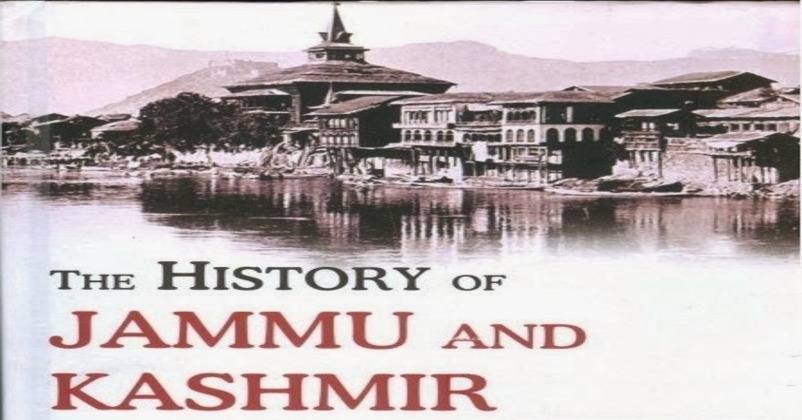
Jammu and Kashmir is the 15th state of India and it acceded to India in 1947. It was one of the five Princely states of the British Indian Empire that was directly handled by the Governor General of India / Viceroy of India before India got independence. British had acknowledged the vitality of the state and accorded a 21 Gun Fire Salute to Maharaja of Jammu and Kashmir {Hari Singh Bahadur} like it was given to the Princes of Mysore, Baroda, Gwalior and Hyderabad. Historically also, Jammu and Kashmir had been identified with Bharat {India} because of the similar cultural traditions, practices and the socio-religious identities. The oneness from Himalayas to Kanya Kumari {even through Sri Lanka and Islands around} cannot be overlooked. Though many have tried hard to create tailored or temporarily alien identities for India yet they failed to become successful in their mischief.
India’s independence and carving out Pakistan from India
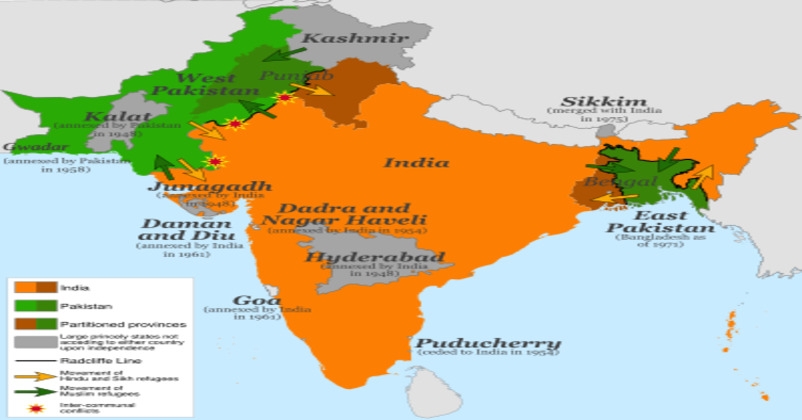
It is painful that some people fell into the trap of the British rulers and raised the demand to create a separate country called Pakistan exclusively for Muslims. This country was carved out from India. The new dominion Pakistan was made on the demand of some Muslim leaders. These leaders belong to the same India where the Muslims and the Hindus rose collectively against the tyrant East India Company in 1857. The movement and collective efforts continued till 1942, against the British Crown, but the fissure appeared between the two as a result of the sustained policy of British to divide and rule. Pakistan was born before the eve of India’s independence. But the brotherly abode of both the communities remained and even after 15 August 1947 many Muslims preferred to stay back in India.
Massacre after independence and failure of two nation theory
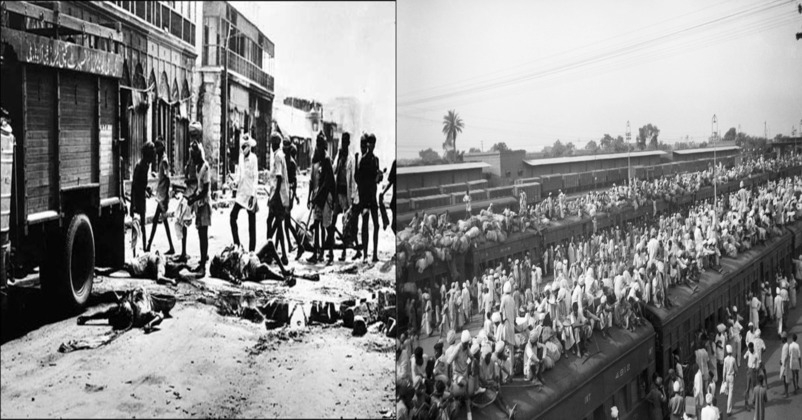
They did not move to “Islamic Republic” of Pakistan {Dominion of Pakistan} that took birth in 1947 and was created exclusively for Muslims. This demonstrates the failure of two nation theory. But both the Hindus and the Muslims paid the price for the misadventure by some of their own people and lakhs of people died and huge number suffered loss of honour/wealth. There are many people in India and Pakistan who curse those people, who were instrumental in severing cultural and traditional ties between the people of the two countries. They curse the people who forced partition of India into two countries in 1947. It was difficult for people of Pakistan to consolidate their identity only on the basis of religion; hence, it broke into two parts in 1971 but the cosmopolitan nature of India accommodated all the people and it still stands united. The foundations rose only on religious considerations collapsed in just two decades and Bangladesh was born. Ironically, the masses in Pakistan and Bangladesh were the worst sufferers of the misadventure of Muslim League.
Pakistan’s support to terrorism
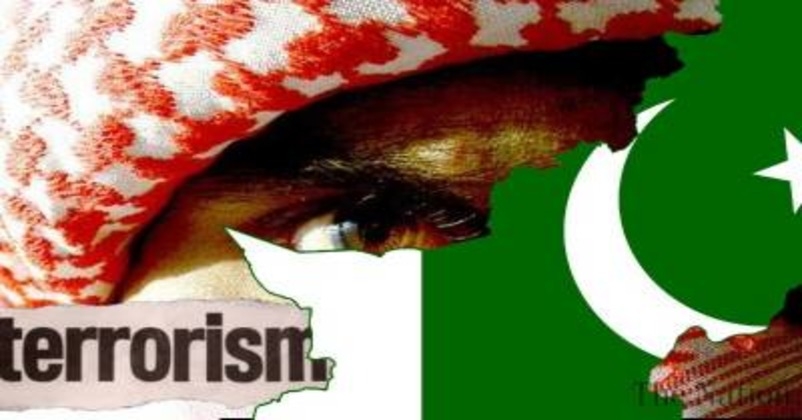
The people of India too have been feeling the heat all these years because of cross border terrorism. Paradoxically, Pakistani governments kept on diverting the attentions of their people from the real issue misgovernance to India. The fact of the matter is that India has as much Muslim population as that of Pakistan. Pakistan makes every effort to entrap the gullible people of Jammu and Kashmir State by presenting falsehoods on religion.
Mishandling of Jammu and Kashmir and myths
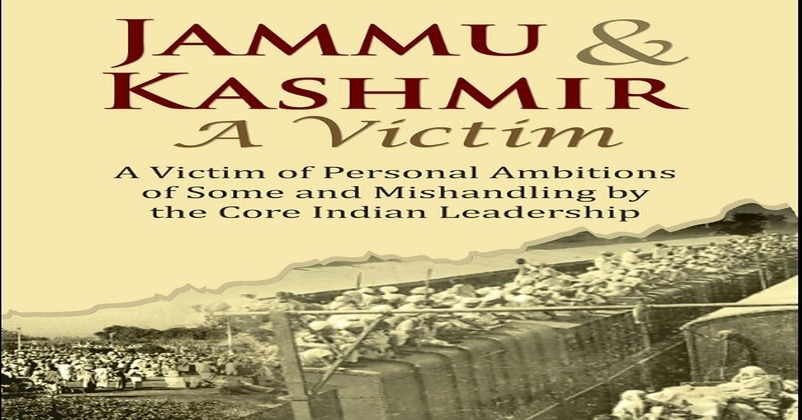
Separatists are present only in five districts of Kashmir valley viz. Srinagar, Baramulla, Anantnag, Shopian, and Pulwama but their views has been spread across India and globe, as if the entire state of Jammu and Kashmir has been confined to these five districts only. The ghost of separatism is getting much attention whereas the real issues of Jammu and Kashmir remain unattended. This clearly reveals the wrong and insincere handling of the JK affairs at the level of Delhi. The misfortune of the people of JK started right after 1946. This mishandling continued and passed from one hand to another. Every successive government was taking less interest in making corrections and their main concern was temporary and cosmetic corrections to the state. This mishandling emboldened separatists and anti accession supporters to spread false propaganda and campaigns. The myth spread by them are {i} 1947 Accession of Kashmir with Indian Dominion was not truthful {ii} 1947 Accession of Kashmir with Indian Dominion was conditional {iii} 1947 Accession of Kashmir with Indian Dominion was not complete. And no doubt where ever possible they used a parameter, which is not found in Jammu and Kashmir, that it was a Muslim majority Princely State. The people of Jammu and Kashmir have remained in confusions and elusions since last 6 decades.
Accession of Jammu and Kashmir was complete and irrevocable
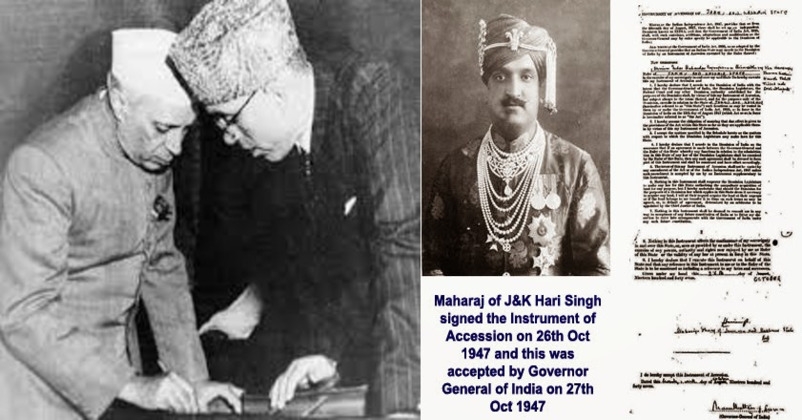
It is beyond doubt that immediately after 1947 Jammu and Kashmir acceded to India and this accession was truthful, final and irrevocable but a small number of people with inclination towards Pakistan making sustained effort to break this beautiful state on the basis of religion. Surprisingly, they had no qualms about how Pakistan butchered their own people in 1947 and later. There are certain facts, which dispel the myth about accession:
|